Animation as an Aid to Learning
Kapp Notes
MARCH 31, 2014
Here is a quick summary of seven principles for animation indicated in a 2002 article by Richard E. ” Principles: Multimedia principle– Present animation and narration rather than narration alone, students learn more deeply from animation and narration than from narration alone. Reference: Mayer, R. & Moreno, R.(March


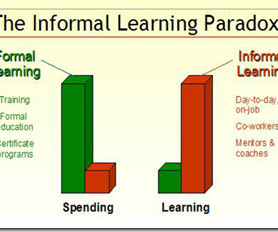






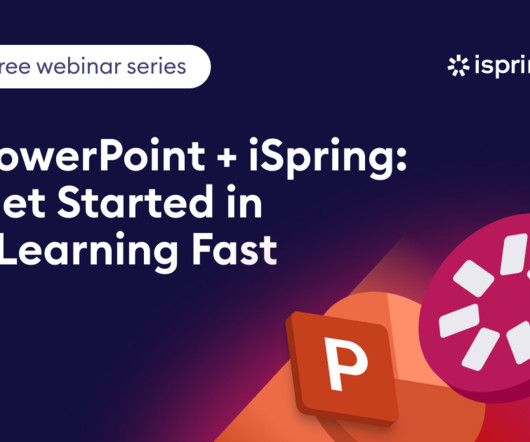



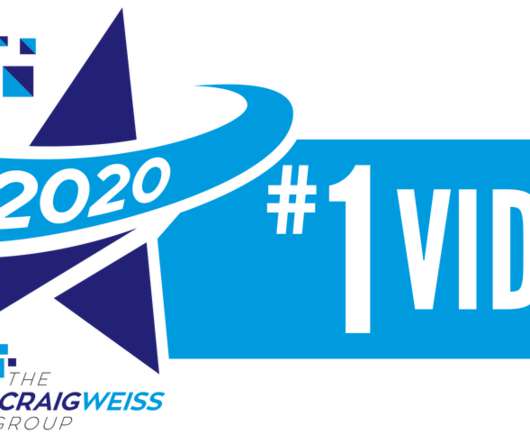











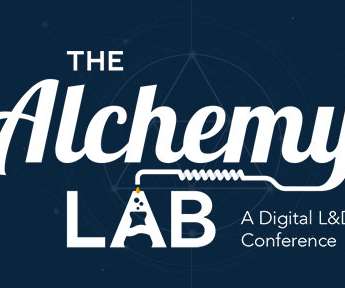



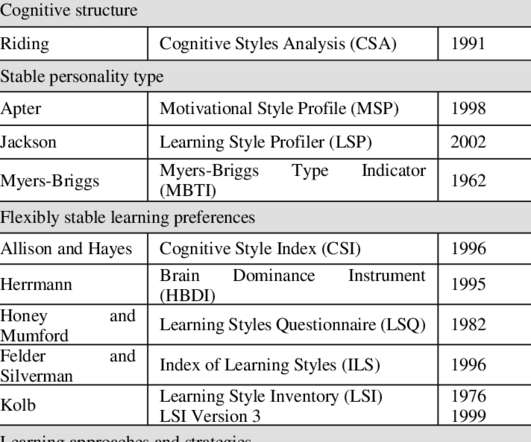

















Let's personalize your content